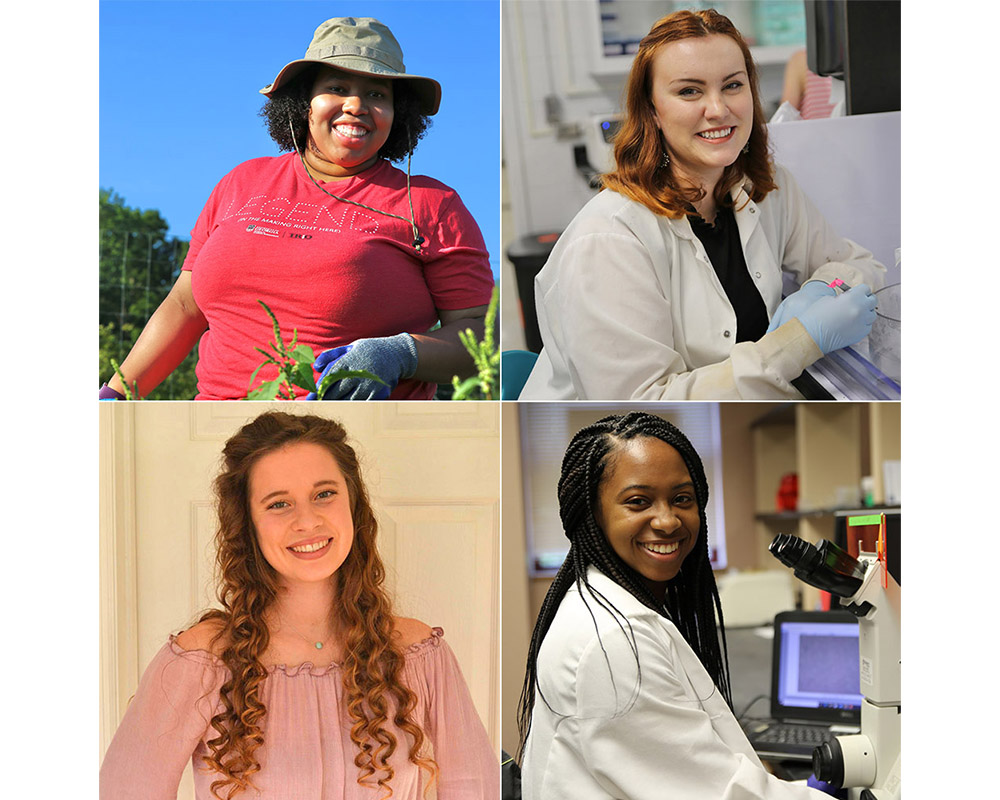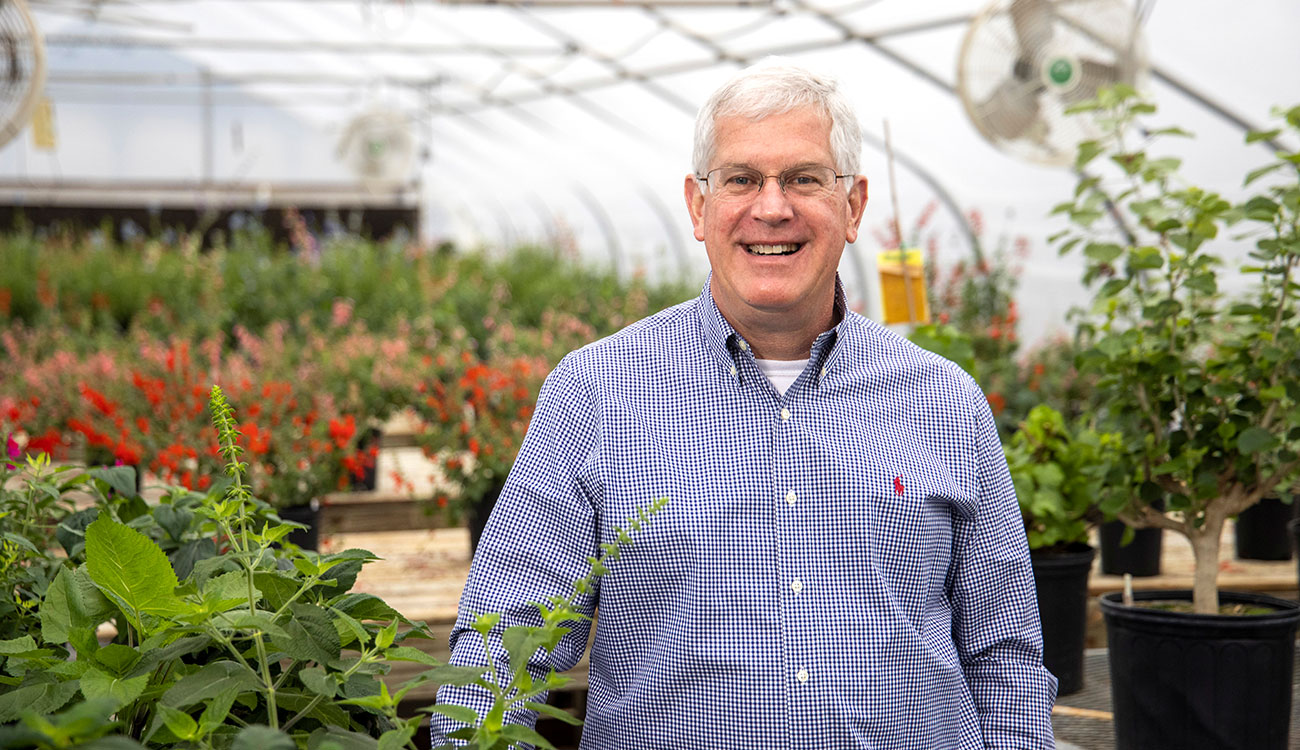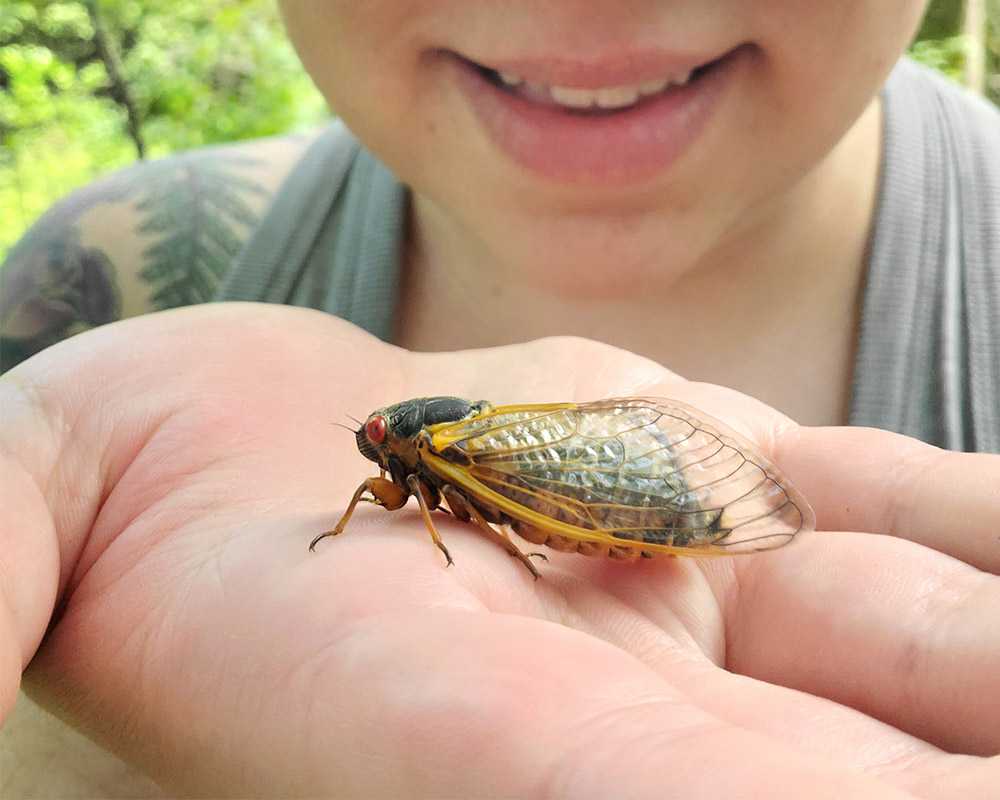 CAES News
CAES News
EXCITE Grant
The COVID-19 pandemic disrupted ordinary life for millions of people, and rural Georgia was hit especially hard. With hospitals overwhelmed with cases, residents of rural areas found it hard to access care or acquire materials such as face masks and disinfecting wipes.








